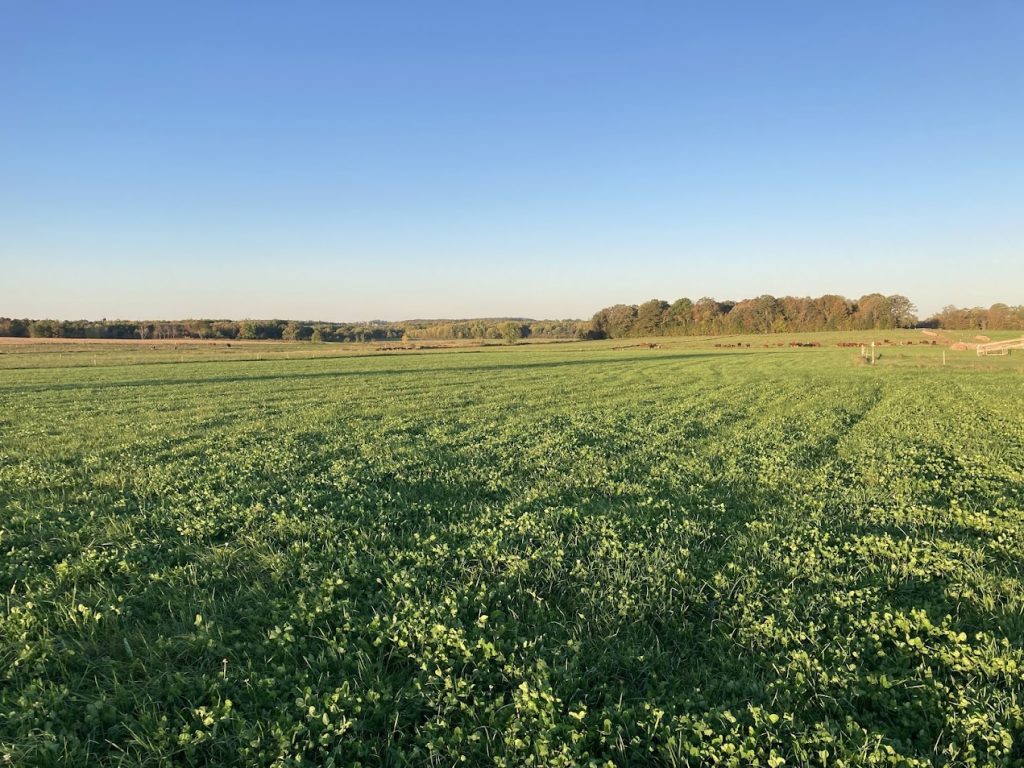
Because legumes provide a wide range of benefits to perennial pastures, many graziers routinely reseed them. This study compared two methods of establishing red and white clover populations in meadow fescue pastures. Clover can contribute to grass pastures by providing a source of nitrogen and improving forage nutritive value. Meadow fescue is a perennial grass that is particularly well-suited to pairing with clover since both species complement each other to provide a high-quality forage that supports livestock growth and health.
Evaluating no-till drilling and frost seeding as interseeding methods
To sustain high forage quality, pastures must be intentionally managed to maintain legumes long-term. While legume longevity can be improved through grazing and fertility management, it is a common practice to reseed legumes every few years. This is often achieved by interseeding into established pastures by no-till drilling or frost-seeding. Each method has unique benefits and drawbacks.
No-till drilling requires more expensive equipment and is frequently done later in spring when soil conditions are drier, but seed can be placed more precisely, ensuring greater seed-to-soil contact and more accurate seeding rates.
Frost seeding utilizes more affordable seed broadcasting equipment that is also smaller and lighter, allowing seed to be planted earlier, but with lower precision for seed placement and seeding rate than no-till drilling.
The goal of this project was to test two interseeding methods (no-till drilling and frost seeding) into meadow fescue pastures for two legumes (red clover (Emerald) and white clover (Vigilant)) at different planting times: November (fall no-till), March (frost seed), and May (spring no-till).
Top Takeaways
Interseeding legumes into grass pastures study design
Treatments were established during each of the 2022 and 2023 growing seasons into a pure stand of well-established meadow fescue at the Marshfield Agricultural Research Station.
They included nine legume treatments: red clover, white clover, and red clover + white clover at each of the three planting times, plus pure grass (no interseeding, no fertilizer) and N-fertilized (140 lbs N/acre/year, split applied) pure grass, for a total of 11 treatments. All treatments were replicated four times.
The seeding rates were 6 lbs/acre (PLS) for red clover and 1 lb/acre (PLS) for white clover. Plots were harvested to a height of 4 inches approximately every 30 days through each growing season and analyzed for forage dry matter (DM) accumulation, grass/legume proportion (botanical composition), crude protein (CP), in vitro digestible dry matter (IVDDM), and biological N2-fixation (BNF).
Yield and pasture composition results
The N-fertilized grass had the greatest whole-season forage DM accumulation, averaging over 2.7 tons DM/acre compared to 1.8 tons DM/acre for pure grass without interseeded legumes or fertilizer. For the interseeded treatments, frost seeding provided an additional 446 lbs DM/acre per season compared to the no-till drilled treatments. The proportion of clover in the interseeded treatments made up <3% of DM for the first harvest but averaged 20% for the remaining harvests. Red clover had 10% greater proportion than white clover, and the combination of red clover + white clover was even greater, reaching as high as 39% in the frost seeding treatment. Throughout, weeds never exceeded more than 2% of the forage composition.
Forage quality results
Crude protein (CP) concentrations were analyzed in grass and clover separately. Across all treatments, the CP concentrations of grass increased over the season, averaging 8.3% at the first cutting and 12.5% at the fourth. The N-fertilized pure grass and frost seeded red clover treatments had the highest grass CP concentrations, averaging 11%. The CP concentrations in clover did not differ between species or seeding times, averaging 26% across the trial. In vitro digestible dry matter concentrations averaged 65% for grass and 76% for clover, with no significant differences between treatments.
Nitrogen fixation results
On average, the clover fixed 18 lbs N/acre in its first season of establishment. It is important to recognize that young clover plants’ nitrogen fixation potential is likely to increase as the plants mature. While 18 lbs N/acre from clover may seem like a modest gain, this value is roughly equal to ~36 lbs of N fertilizer (about 2x the BNF value), since the N obtained through BNF is already in a plant-usable form. The N from fertilizers must be mineralized with losses occurring in the process.
Conclusions
This research highlights the potential of frost-seeding red clover to enhance forage accumulation and N availability of established pastures compared to non-N fertilized pure grass. While all interseeding methods and planting times were successful in introducing clover into established grass pastures, frost-seeding had the greatest success, especially with red clover.
This information may be particularly valuable for livestock producers with limited equipment availability. It must be noted that while N-fertilized grasses had greater yields than the interseeded treatments, this work did not compare the economic implications of those treatments and therefore does not suggest that an N-fertilized pure grass system is more economical than a frost-seeded red clover system.
Practical Application
Acknowledgments
This project was conducted by the USDA-Agricultural Research Service Institute for Environmentally Integrated Dairy Management, Dr. David Jaramillo, Lisa Bauman and Lais Lima.
Updated: April 2, 2025

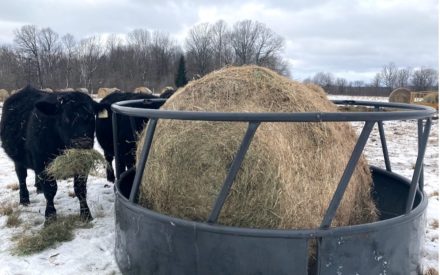 Research Brief: 2024 Wisconsin bale grazing project
Research Brief: 2024 Wisconsin bale grazing project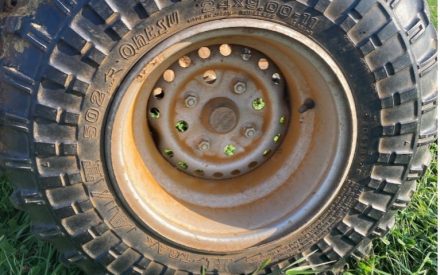 Managing Rust in Cool Season Pastures
Managing Rust in Cool Season Pastures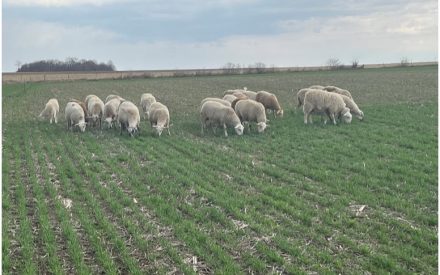 Grazing Cover Crops and Annual Forages
Grazing Cover Crops and Annual Forages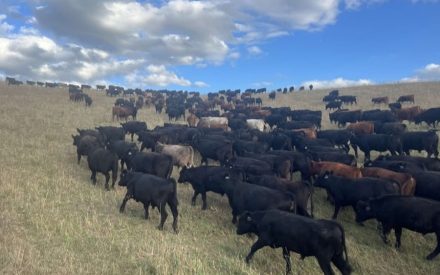 Grazing to Protect Surface Water: Considering critical and sensitive areas
Grazing to Protect Surface Water: Considering critical and sensitive areas